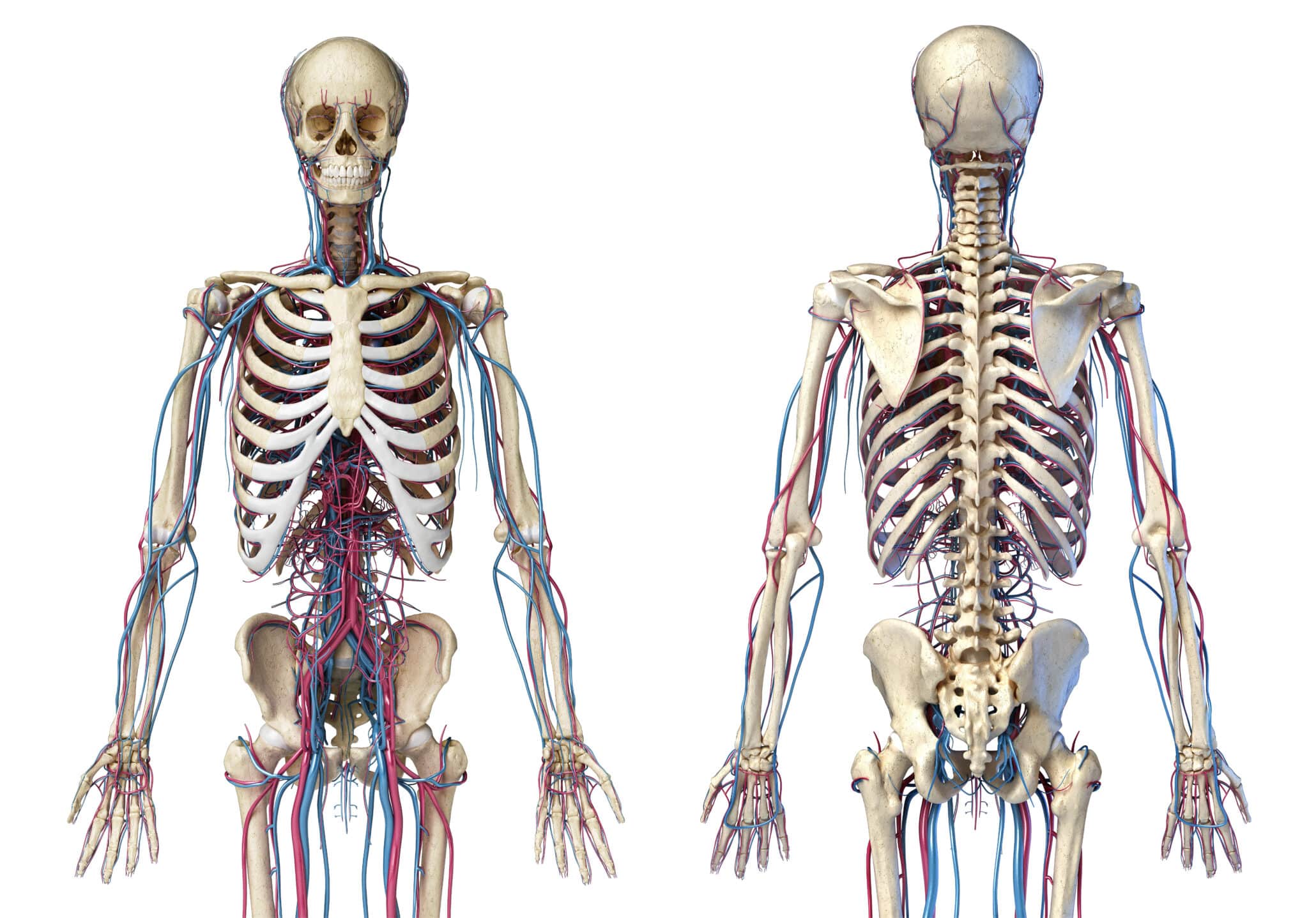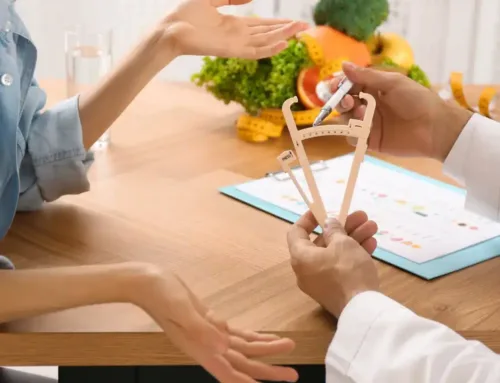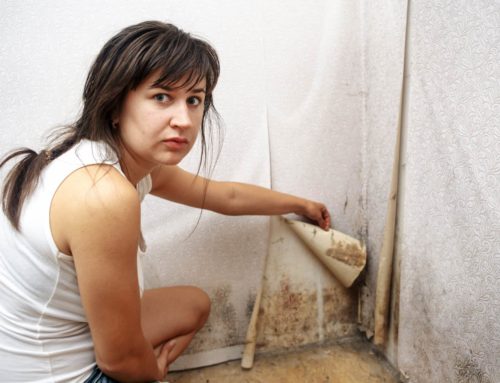
Did you know that Osteoporosis is a silent disease? Well it is true, because it has no obvious symptoms in its early stages. It really isn’t until someone experiences a fracture that a diagnosis occurs. Now, in some cases there are a few warning signs you can look out for:
- History of fracture as an adult
- Loss of height
- Spine curvature (due to bone loss)
- Back pain
Bone Density Test
Having a bone mineral density test administered is a painless and safe way to diagnose osteoporosis. Your bone density is measured through dual-energy X-ray absorption (DXA or DEXA) scans of your hip or spine. This test will be used to determine the “hardness” of a patient’s bones. Typically the patients lower back and hips are the areas evaluated in a standard bone density test.
Now, women are more commonly prescribed this test, but both men and children should have it preformed frequently based on physician recommendations. The DXA scan is available at our practice
Results of Your “T-Score”
The result of your DXA scan is presented as a T-score, which represents the difference of your bone density from the average bone density of healthy young adults.
Pre-osteoporosis (Low bone mineral density)
Diagnosed if your T-score is between -1.0 and -2.5.
Osteoporosis
Diagnosed if your T-score is -2.5 or less. This means that your bone density is equal to or less than 2.5 standard deviations below the mean of a healthy young adult.
Normal
Although any negative T-score means that a person’s bone density is below average, a T-score greater than -1.0 is considered normal.
What Your Bone Scan Doesn’t Tell You
Your bone mineral density T-score is a two-dimensional, cross-sectional view of just one bone in your skeleton and does not indicate other factors that may influence your risk for an osteoporotic fracture.
For example, while the quality of the bone matrix and its microarchitecture contribute to bone strength, problems with vision and sense of balance can also increase your chances of a high-trauma fall that can result in fracture.
After Diagnosis
After being diagnosed with osteoporosis or low bone mineral density, your physician may recommend follow-up bone mineral density scans to evaluate whether treatment options are working.










